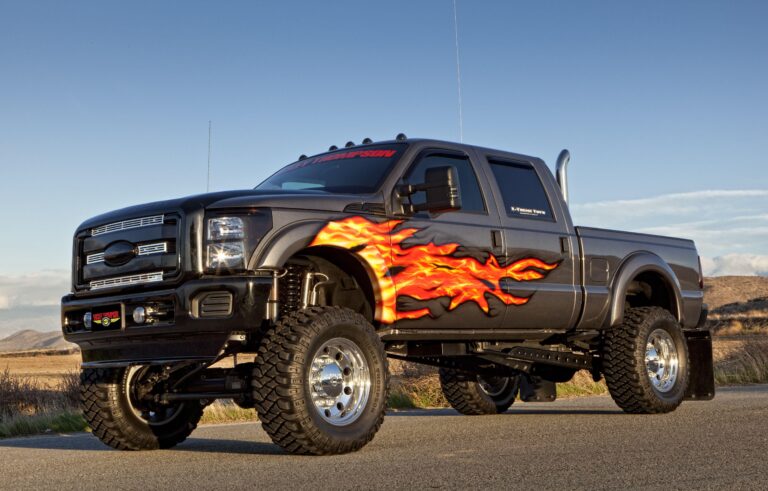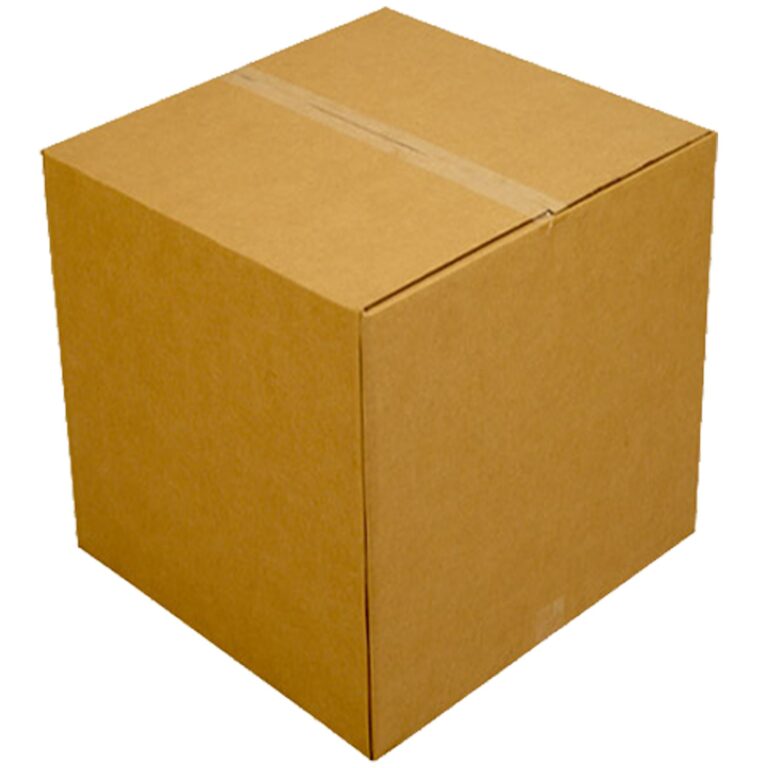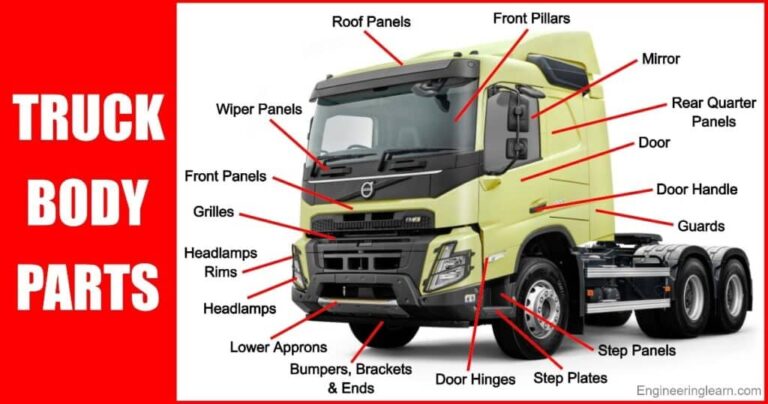Do It Yourself Rhino Lining Kit: Your Comprehensive Guide to Ultimate Protection
Do It Yourself Rhino Lining Kit: Your Comprehensive Guide to Ultimate Protection cars.truckstrend.com
In a world where durability and protection are paramount, especially for vehicles and heavy-duty equipment, the name "Rhino Lining" stands out. Renowned for its unparalleled toughness, slip resistance, and ability to withstand extreme conditions, Rhino Lining has long been the gold standard for spray-on protective coatings. While professional application offers convenience, the "Do It Yourself (DIY) Rhino Lining Kit" has emerged as a game-changer, empowering enthusiasts and practical-minded individuals to achieve professional-grade protection right in their own garage. This comprehensive guide will delve into everything you need to know about these kits, from understanding their components to mastering the application process, ensuring your assets receive the robust defense they deserve.
Understanding DIY Rhino Lining Kits: What’s Inside?
Do It Yourself Rhino Lining Kit: Your Comprehensive Guide to Ultimate Protection
A DIY Rhino Lining Kit isn’t just a can of paint; it’s a meticulously formulated system designed to create a resilient, long-lasting protective layer. At its core, these kits typically contain a two-part polyurethane or polyurea-hybrid coating system that, once mixed, undergoes a chemical reaction to form an incredibly tough polymer.
Typical Components You’ll Find:
- Polyurethane/Polyurea Base: This is the primary resin component, providing the bulk of the coating’s protective properties.
- Hardener/Activator: Mixed with the base, this chemical initiates the curing process, transforming the liquid into a solid, durable layer.
- Mixing Tools: Stir sticks, mixing buckets, or specific mixing nozzles for spray applications ensure proper blending of the two components.
- Applicators:
- Roll-on Kits: Include textured rollers designed to create the characteristic "pebbled" finish and provide excellent grip. Brushes may also be included for intricate areas.
- Spray-on Kits: May include a specialized spray gun (often gravity-fed or siphon-fed) that attaches to an air compressor, along with mixing nozzles.
- Surface Preparation Materials: Abrasive pads or sandpaper for scuffing the surface, degreaser/cleaner to remove contaminants, and masking tape/film to protect areas not to be coated.
- Instructions: A detailed guide is crucial for proper application and optimal results.
Types of DIY Kits:
- Roll-on Kits: These are the most common and user-friendly for DIYers. They utilize rollers to apply the coating, creating a textured finish that is excellent for truck beds, floorboards, and other flat surfaces. They are less equipment-intensive, only requiring basic tools.
- Spray-on Kits: These kits offer a finer, more uniform finish, often replicating the professional look more closely. However, they require an air compressor and a specific spray gun, demanding a bit more skill and investment in equipment. They are ideal for complex shapes, undercarriages, or achieving a factory-like texture.
Regardless of the type, the core properties of a quality DIY Rhino Lining kit remain: exceptional durability, high abrasion and impact resistance, chemical and fuel resistance, UV stability (to prevent fading), and anti-slip characteristics.
Why Choose DIY? Benefits of Applying Your Own Rhino Lining
The decision to tackle a Rhino Lining project yourself comes with a host of compelling advantages, making it an increasingly popular choice for a wide range of applications.
- Significant Cost Savings: This is often the primary motivator. Professional Rhino Lining applications can range from several hundred to over a thousand dollars, depending on the vehicle and scope. DIY kits, while still an investment, are considerably more affordable, allowing you to protect your assets without breaking the bank.
- Convenience and Flexibility: You dictate the schedule. No need to drop off your vehicle or equipment at a shop and wait for days. You can work at your own pace, on weekends, or whenever your schedule permits.
- Personal Satisfaction: There’s immense pride in completing a demanding project yourself. The satisfaction of seeing a professionally-finished, highly durable surface, knowing you did it, is unparalleled.
- Customization and Control: While professional applicators aim for consistency, DIY allows for a degree of control over the texture and thickness, especially with roll-on applications. You can ensure every nook and cranny is covered to your satisfaction.
- Versatility of Application: While truck beds are the most common application, DIY kits open up a world of possibilities. They are perfect for protecting:
- Jeep tubs, fenders, and interior floorboards.
- Trailer floors, ramps, and walls.
- Boat decks and fishing platforms.
- Toolboxes, workbenches, and garage floors.
- Fender flares, bumpers, and side steps.
- Even custom projects like speaker enclosures or dog crates.
The DIY Process: A Step-by-Step Guide to Application
Success with a DIY Rhino Lining kit hinges almost entirely on meticulous preparation and following the manufacturer’s instructions precisely. Rushing or cutting corners in any of these steps will compromise adhesion and the overall longevity of the coating.
1. Preparation is Key (Do NOT Skip This!)
- Clean Thoroughly: Start by power washing or scrubbing the surface vigorously to remove all dirt, grease, oil, and loose debris. Use a strong degreaser to eliminate any residue. Rinse thoroughly and allow to dry completely.
- Sand/Scuff the Surface: This is perhaps the most critical step for adhesion. The surface must be scuffed to provide a profile for the coating to grip. Use 80-120 grit sandpaper or an abrasive pad. For truck beds, focus on all painted surfaces. Bare metal should be primed with an appropriate epoxy or self-etching primer recommended by the kit manufacturer.
- Mask and Tape Off: Carefully mask off any areas you don’t want coated, such as bed rails, bolt holes, lights, or specific trim pieces. Use high-quality painter’s tape and masking film or paper. Double-check your lines.
- Repair Damage: Address any significant rust spots, dents, or holes before coating. Rust must be completely removed, and any deep imperfections filled and sanded smooth. The lining will protect, but it won’t magically repair underlying damage.
- Final Wipe Down: Just before application, wipe the entire scuffed area with a wax and grease remover or denatured alcohol to ensure no contaminants remain. Allow to flash dry.
2. Mixing the Product
- Read Instructions: Every kit has specific mixing ratios and times. Follow them precisely.
- Combine Components: Pour the hardener into the base component (or vice versa, as instructed).
- Mix Thoroughly: Use a drill with a mixing paddle or the provided stir sticks. Mix for the recommended duration (e.g., 2-3 minutes) to ensure a homogeneous blend. Improper mixing will lead to an uncured or weak coating.
- Pot Life: Be aware of the "pot life" – the amount of time you have to apply the product once mixed before it starts to cure in the container. Work efficiently.
3. Application Techniques
- Roll-on Application:
- Pour a small amount of mixed material into a roller tray.
- Load the textured roller evenly.
- Apply thin, even coats, starting from the furthest point and working your way out. Overlap slightly.
- Maintain consistent pressure.
- Use brushes for corners, edges, and hard-to-reach areas.
- Typically, 2-3 coats are recommended, with flash-off times between coats as per instructions (usually 30-60 minutes).
- Spray-on Application:
- Ensure your air compressor meets the PSI requirements of the spray gun.
- Practice on a piece of cardboard first to get the feel of the spray pattern and distance.
- Maintain a consistent distance and speed.
- Apply thin, even passes, overlapping each pass by about 50%.
- Avoid excessive buildup in one area, which can lead to drips or runs.
- Multiple thin coats (2-3) are always better than one thick coat.
4. Curing and Drying
- Tack-Free Time: The surface will typically be tack-free within a few hours (e.g., 2-6 hours).
- Light Use: Most kits allow for light use (e.g., placing light items in a truck bed) after 24 hours.
- Full Cure: The coating will continue to harden and reach its maximum durability over several days to weeks (e.g., 5-7 days for good hardness, 2-4 weeks for full chemical resistance). Avoid heavy loads, abrasive materials, or chemical spills during this full cure period.
- Ventilation: Ensure adequate ventilation during application and curing to dissipate fumes.
5. Cleanup
- Clean tools immediately with a solvent like xylene or acetone before the product cures.
- Dispose of leftover material and used masking supplies according to local regulations.
Important Considerations & Tips for Success
- Ventilation is Paramount: Polyurethane fumes can be strong and harmful. Work in a well-ventilated area, preferably outdoors or with strong exhaust fans.
- Safety Gear: Always wear a high-quality respirator (NIOSH-approved for organic vapors), chemical-resistant gloves, eye protection, and long sleeves/pants.
- Temperature and Humidity: Check the kit’s recommended temperature and humidity range. Extreme cold or heat, and very high humidity, can negatively impact curing and adhesion. Ideal conditions are typically moderate temperatures (60-80°F or 15-27°C) and low to moderate humidity.
- Patience and Attention to Detail: This is not a quick job. Take your time with each step, especially preparation. Rushing will lead to substandard results.
- Thin Coats are Best: Applying multiple thin coats provides better adhesion, a more uniform finish, and reduces the risk of runs or uneven curing compared to one thick coat.
- Troubleshooting Common Issues:
- Uneven Texture: Usually due to inconsistent roller pressure or spray technique. Practice and even application are key.
- Peeling/Bubbling: Almost always due to insufficient surface preparation (grease, dirt, or not enough scuffing) or applying over rust. Re-prep the area.
- Soft/Tacky Spots: Improper mixing of the two components. Ensure thorough and consistent mixing.
- Maintenance: Once fully cured, clean your Rhino Lining with soap and water. Avoid harsh chemicals or abrasive cleaners that could damage the coating.
Beyond Truck Beds: Creative Uses for DIY Rhino Lining
While protecting truck beds is the most popular application, the versatility and durability of DIY Rhino Lining kits extend far beyond. Here are just a few creative ideas:
- Automotive: Inner fender wells, rocker panels, undercarriage components, floor pans (especially for off-road vehicles), speaker boxes, door panels, and even custom exterior accents.
- Trailers: Utility trailers, boat trailers (sub-frame), horse trailers (flooring and walls), cargo trailers.
- Marine: Boat floors, duck blinds, fishing platforms, cooler interiors (check for food-grade safety if applicable).
- Home & Workshop: Garage floors (light-duty areas), workshop benches, tool chest drawers, outdoor furniture, pet kennels, garden equipment.
- Recreational: ATV/UTV bed liners, snowmobile running boards, mountain bike frames (for extreme protection).
Do It Yourself Rhino Lining Kit: Estimated Price Guide
The cost of DIY Rhino Lining kits can vary significantly based on the brand, the type of application (roll-on vs. spray-on), the coverage area, and whether additional accessories (like spray guns or comprehensive prep kits) are included. The table below provides estimated price ranges for common kit types.
| Kit Type/Size | Application Method | Coverage Area (sq ft) | Estimated Price Range (USD) | Key Features/Notes |
|---|---|---|---|---|
| Small Repair/Patch Kit | Roll-on/Brush | 5-10 | $30 – $70 | Ideal for touch-ups, small repairs, or very small custom projects. |
| Standard Short Bed Kit | Roll-on | 50-60 | $100 – $180 | Most popular for standard short-bed trucks. Typically includes rollers. |
| Standard Long Bed Kit | Roll-on | 60-75 | $150 – $220 | Designed for long-bed trucks, providing sufficient material. |
| Premium Spray-On Kit | Spray-on | 60-80 | $250 – $400+ | For professional-grade texture; often includes specific spray gun, may be tintable. Requires air compressor. |
| Industrial/Bulk Kit | Roll-on/Spray-on | 100+ | $350 – $600+ | Larger quantities for multiple projects, trailers, or large surface areas. |
| Optional Accessories | N/A | N/A | $20 – $150 | Prep kits (sandpaper, degreaser, tape), extra rollers, replacement spray guns, tint concentrates. |
Disclaimer: Prices are estimates and can fluctuate based on brand reputation, retailer, current promotions, and specific kit inclusions. Always check multiple sources and read product reviews before purchasing.
Frequently Asked Questions (FAQ) About DIY Rhino Lining Kits
Q1: How long does a DIY Rhino Lining application typically last?
A1: With proper surface preparation and application, a DIY Rhino Lining can last for many years, often 5-10 years or more, providing durable protection against abrasion, impacts, and chemicals.
Q2: Can I apply Rhino Lining over existing paint or rust?
A2: You can apply it over existing paint, but the paint must be thoroughly scuffed/sanded to create a profile for adhesion. Never apply over rust. All rust must be completely removed, and the metal treated and primed before application, or the lining will eventually fail and peel.
Q3: What colors are available for DIY kits?
A3: Most DIY kits are available in black. However, some premium kits offer tintable versions, allowing you to add specific color concentrates to match your vehicle or achieve a custom look.
Q4: How thick should the Rhino Lining be?
A4: The ideal thickness varies by kit and application, but typically it’s between 1/16 to 1/8 of an inch (1.5mm to 3mm). Applying multiple thin coats is generally recommended over one thick coat to ensure proper curing and adhesion.
Q5: Is it truly durable for heavy-duty use?
A5: Yes, when applied correctly, DIY Rhino Lining kits offer exceptional durability. They are highly resistant to impacts, scratches, abrasion, and many common chemicals, making them suitable for truck beds, utility trailers, and other high-wear areas.
Q6: Can I remove the Rhino Lining if I change my mind?
A6: Removing a properly adhered Rhino Lining is extremely difficult and usually not recommended. It bonds very aggressively to the surface. It often requires extensive sanding, grinding, or specialized chemical removers, which can damage the underlying surface. It’s considered a permanent modification.
Q7: Will the lining smell after it’s cured?
A7: There will be strong chemical odors during application and for the initial curing period (days). However, once fully cured, the odor should dissipate entirely. Ensure adequate ventilation during and after application.
Q8: Do I need special equipment for spray-on kits?
A8: Yes, spray-on kits require an air compressor with sufficient CFM (cubic feet per minute) and PSI (pounds per square inch) output, along with a specialized undercoating or texture spray gun. Some kits may include a basic spray gun, but you’ll still need a compressor.
Q9: How long does it take for the lining to dry and be ready for use?
A9: It’s typically tack-free in 2-6 hours, allowing for light handling. It can generally withstand light use (e.g., placing lightweight items) after 24 hours. However, the full cure for maximum hardness and chemical resistance can take anywhere from 5-7 days up to 2-4 weeks, depending on temperature and humidity. Always follow the manufacturer’s specific recommendations.
Conclusion
The Do It Yourself Rhino Lining Kit offers an empowering and cost-effective solution for anyone seeking robust, long-lasting protection for their vehicles, equipment, or other valuable assets. While the process demands patience, meticulous surface preparation, and adherence to instructions, the rewards are substantial: significant cost savings, the immense satisfaction of a job well done, and a protective coating that can withstand the harshest conditions. By understanding the components, mastering the application steps, and keeping key considerations in mind, you can confidently transform your projects with the unparalleled durability and aesthetic appeal that only a Rhino Lining can provide. Embrace the DIY spirit, and give your investments the ultimate shield they deserve.




